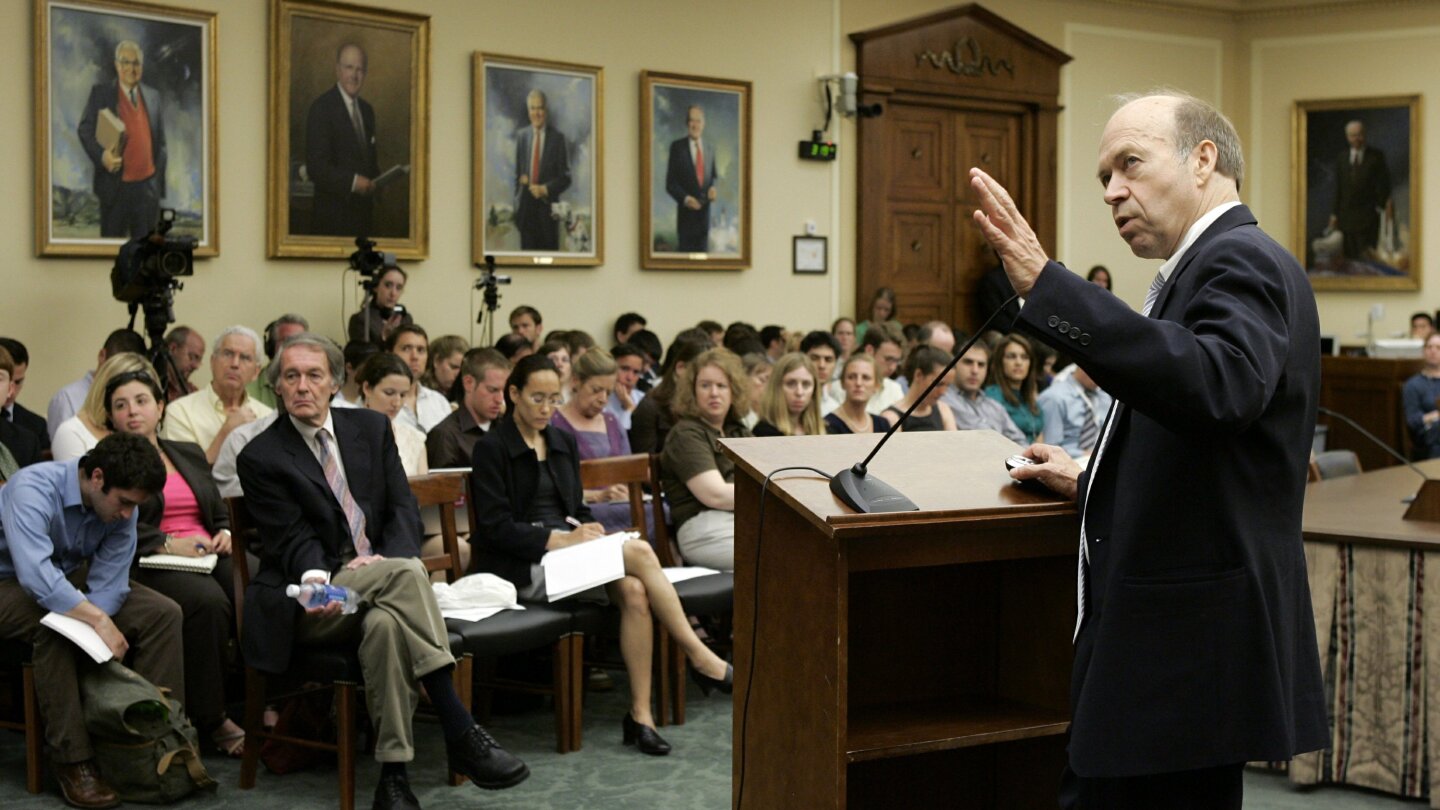BackAgain
Neutronium Member & truth speaker #StopBrandon
Apu dumfuk: you’re leaving your spittle all over the screen.WestTroll is more ONE LINE RW Trash with Zero On Topic meat, ZERO.
NO articles, NO charts, NO graphs, and NOT even a paragraph in his own words..

Google search results
www.usmessageboard.com
`
;



